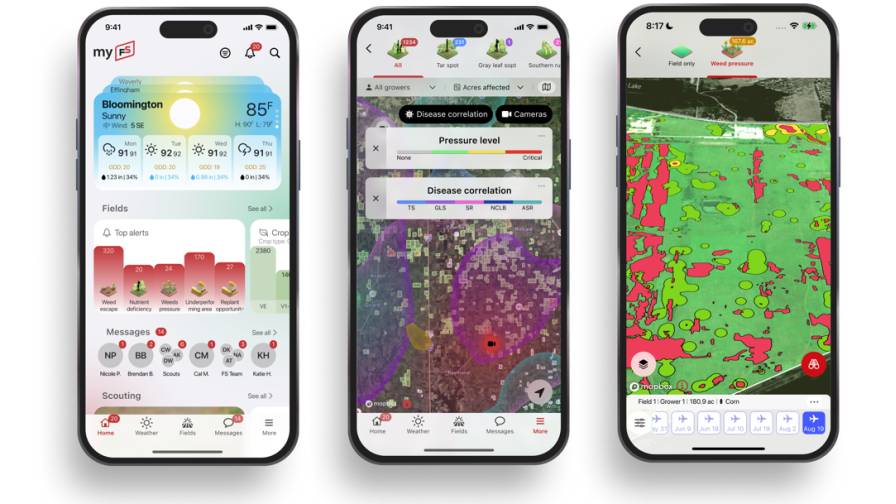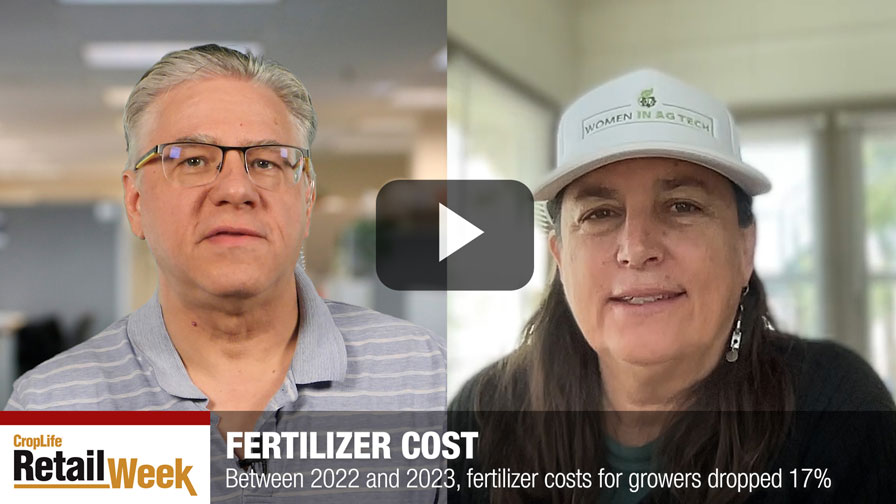For Ag Retail, the Long and Shortage of It
As the world has largely moved on from the COVID-19 economic stoppages of 2020, many markets have been hit with severe product shortages due to supply chain disruptions.
Unfortunately, agriculture has not been immune to this phenomenon. Back during the beginning for the 2021 spring season, several ag retailers and their grower-customers were reporting some severe shortages of key early season products. This included such popular herbicides as glyphosate and glufosinate.
Indeed, back in April, many ag retailers started warning their grower-customers about the potential short supplies of their favorite early season products. “This year is going to be a challenge for chemical products supply,” wrote Harlan Asmus, President of Asmus Farm Supply, Rake, IA, in an April enewsletter to customers. “Shortages are occurring in many brands.”
For the most part, it seems as if ag retailers were able to keep most of their grower-customers supplied with crop inputs during the spring planting season. However, the market disruptions that led to these shortages in the first place aren’t quite done just yet.
Take, for example, the state of shipping container costs. According to David Schumacher, President/CEO for HELM Agro US, Inc., his company has paid approximately $3,000 per shipping container to get crop protection products from China to the U.S. “for forever.” But as demand for other products from China has increased as the global economy ramps back up, the cost of these shipping containers has steadily rose.
“First, it went up to $7,000 per container,” says Schumacher. “Then, by July, we were paying $16,500 per container. By the fall, we have been told it will cost $20,000 per container.”
In addition to increased transportation costs, U.S. suppliers might also have to deal with the effects of the Olympic games. Although the 2020 Summer Games just ended in Japan back in August, the Winter Olympics are scheduled to take place in February 2022 in Beijing, China — less than five months away. If history is any indicator, says Schumacher, the games could hurt crop protection product production.
“The last time their country had the Olympics, China shut down a lot of factories to improve the air quality, including many chemical manufacturers,” he says. “We think this will happen again and could cause a severe supply disruption for U.S. agriculture as well.”
Given these factors, many market watchers are already warning that crop protection prices will be on the rise for the fall 2021 and spring 2022 seasons. At a minimum, customers should expect to pay 10% to 15% more for their favorite products, with some products increasing by as much as 40% to 50% for the season.
So, for ag retailers and their grower-customers, the supply shortages/disruptions of 2020-21 will continue to linger for at least a little while longer.






